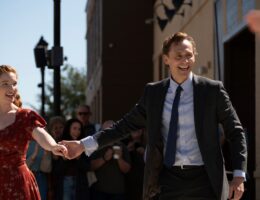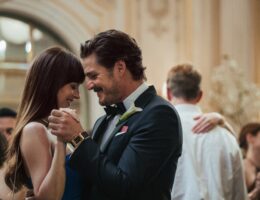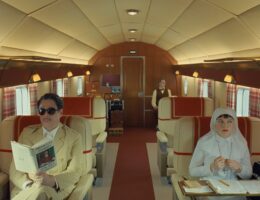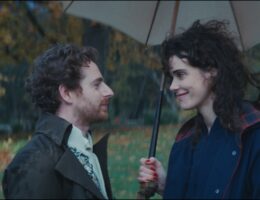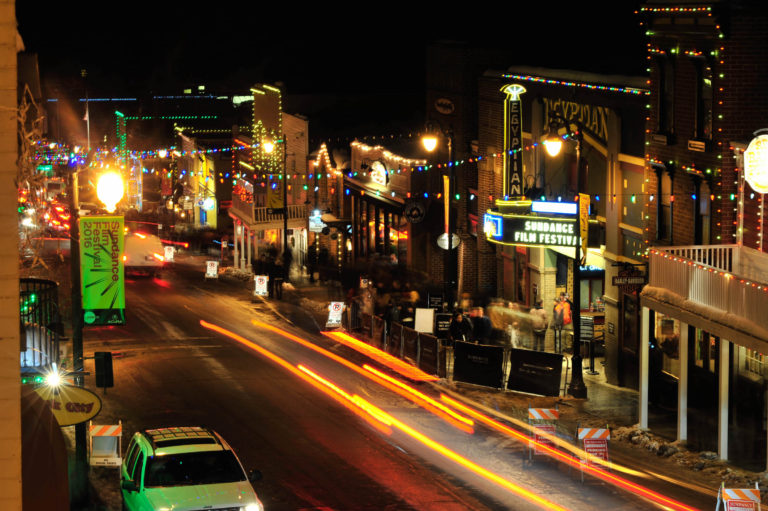Last week, Josh and Jenn made the virtual trip to Park City for the Sundance Film Festival’s attempt at going virtual. Back at sea-level, we chatted about our very online experiences and festival highlights.
Josh: So, that’s a wrap for Sundance! I’ll start by saying that overall, I was thoroughly impressed with how they translated a film festival to the virtual realm. Particularly during the first half of the event when every day had a series of “premiere windows” beginning in the morning and running through the evening, it almost approximated the feel of bouncing around from theater to theater to catch a bunch of brand new movies. As with “real” festival, things calmed down a bit in the waning days and allowed a more leisurely pace of making selections on a whim and choosing more convenient times to watch. I’m guessing that especially for passholders, it was much easier to see a lot more movies even in the shorter-than-usual festival, given that everything played at one venue (“my couch”) where there was never any rush to assure the best seats or any long lines for concessions. How did it go for you?
Jenn: Although nothing beats the communal excitement of being at an actual, in-person film festival, I think Sundance did a really good job of replicating the experience as well as anything else I’ve seen. Their streaming platform was on the whole well-designed, I liked the efforts they made toward adding social components, and I thought the film selection, though pared down from Sundance’s usual volume, was still excellent. It did not feel to me like the best potential titles were being withheld in favor of waiting for in-person screenings, the way some virtual fests have felt like they’re bringing their B-game in terms of lineup. In fact there were so many things that looked great (and really nothing that I thought looked just flat-out bad) that I had some real agonizing choices to make with my limited budget (wish I had a pass), and a lot to look out for going forward as these films cycle through other fests and into wider distribution.
Josh: I also appreciated the incentive to start on time since it meant being able to join a live Q&A with the filmmakers. While I typically run for the door at a real festival unless I am very invested in the panelists — to avoid awkward audience questions (monologues), to try to get some real food between screenings, or to get a head start on making it to the next venue for another film — watching these well-curated discussions was much more pleasant in the virtual format. Less rush, easier access to my own snack collection, and so many opportunities to see the insides of filmmakers homes!
Sundance’s Big Winners
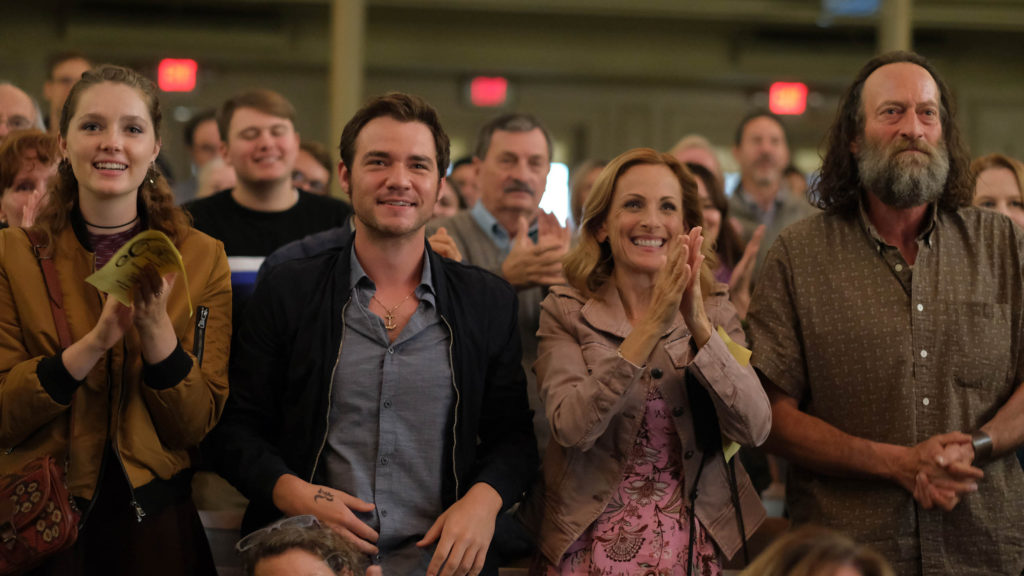
Jenn: It looks like a clear winner of the fest was CODA, the title an acronym which stands for “child of deaf adults”, which won four awards including the US Dramatic Grand Jury Prize and sparked a bidding war which ended up with Apple buying it for a record $25 million. That film was one of the fastest to sell out of tickets out of the gate, too, but its description struck me as the kind of sentimental crowd-pleaser that I’d personally be fine waiting to eventually catch on streaming rather than rushing to the premiere. I still feel fine with that choice, but will look forward to watching it on Apple tv+ later on this year.
Josh: Yeah, it was exactly what you’d guess from the description, just very well executed. I was not at all surprised that it took the audience award, but was a little surprised by the jury prize and seeing it at the top of the Indiewire Critics Survey, too. After seeing it, I naively tweeted that I wasn’t sure how a nice little movie like that would fare in theatrical release, but that it would be just fine on a streaming service. Hours later, Apple opened their deep pocketbooks and showed that I really underestimated its commercial appeal.
Jenn: In fact overall I didn’t personally see much at all that won the official festival awards – just On the Count of Three which picked up a well-deserved screenwriting award, and the creators of Cryptozoo who similarly more than earned their NEXT Innovator Award. That’s ok; I don’t mind going against the bulk of the mainstream and now I’ve also got a watchlist of still interesting-looking stuff that didn’t initially catch my attention!
Josh: Thanks to the festival’s final “Awards Day” with encore presentations of anything that won any kind of prize, I caught World Cinema Grand Jury Prize winners Flee and Hive (documentary and dramatic) and Questlove’s US Documentary Grand Jury Prize winner Summer of Soul (…Or, When the Revolution Could Not Be Televised). It, too, was scooped up for distribution (by Hulu and Searchlight), so many many more people will get a chance to see the long-forgotten footage from the Harlem Cultural Festival that attracted more than 300,000 attendees in the summer of 1969. While the musical performances were exceptional, the most moving part of the documentary was seeing attendees and artists watching themselves, fifty years prior. It was also nice to see a U.S. Documentary Special Jury Award for Nonfiction Experimentation for Theo Anthony’s All Light, Everywhere, which was one of the more thought-provoking documentaries I saw all week.
The Sunbreak’s Sundance Favorites
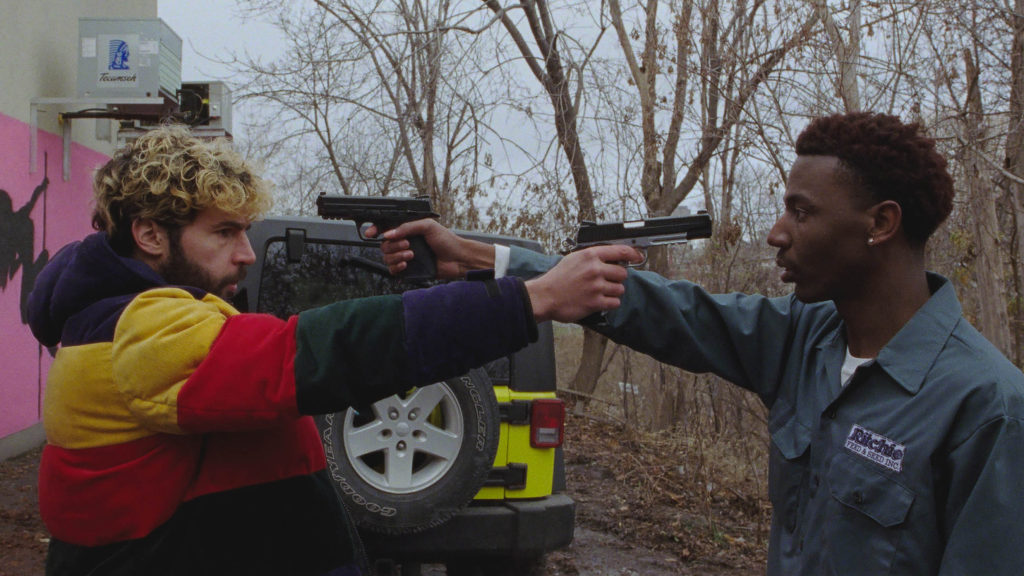
Josh: My awards would go to On the Count of Three for narrative and Flee for documentary, two very different movies grounded in male friendship. Jerrod Carmichael and Christopher Abbott had phenomenal chemistry, just the right amount of wry humor to punctuate the looming dread of a suicide pact, and an all-in-one-day structure with such building propulsive intensity that I didn’t check my phone even once. I think that at film festivals, documentaries are always safer choices. Even if they’re not amazing, they’re bound to be at least “interesting”, but Flee was exceptional both from the story itself to the way that it was told. It was a knockout of personal storytelling that’s also too-relevant, given the ongoing migrant crises around the world. I’m thrilled that it was picked up by NEON and will reach audiences beyond the festival circuit. With documentaries increasingly finding their way into the Best International Film category at the Oscars, I wouldn’t be surprised to see it as a submission for Denmark (or one of the other countries that co-produced it).
Jenn: I gather this may be an unpopular opinion, but I think my favorite of the fest may have been How It Ends. That tone of “optimistic nihilism” hit just right for me right now, and following Zoe Lister-Jones around visiting her comedian friends felt like visiting old friends of mine, for a brief moment. Plus that film has moments of real emotion and catharsis that I don’t think deserve to be discounted. I thought about serious stuff but didn’t get lost in it, and I laughed out loud and I cried, both several times, which is pretty much the gold-star mark of a great movie for me!
Our virtual experiences
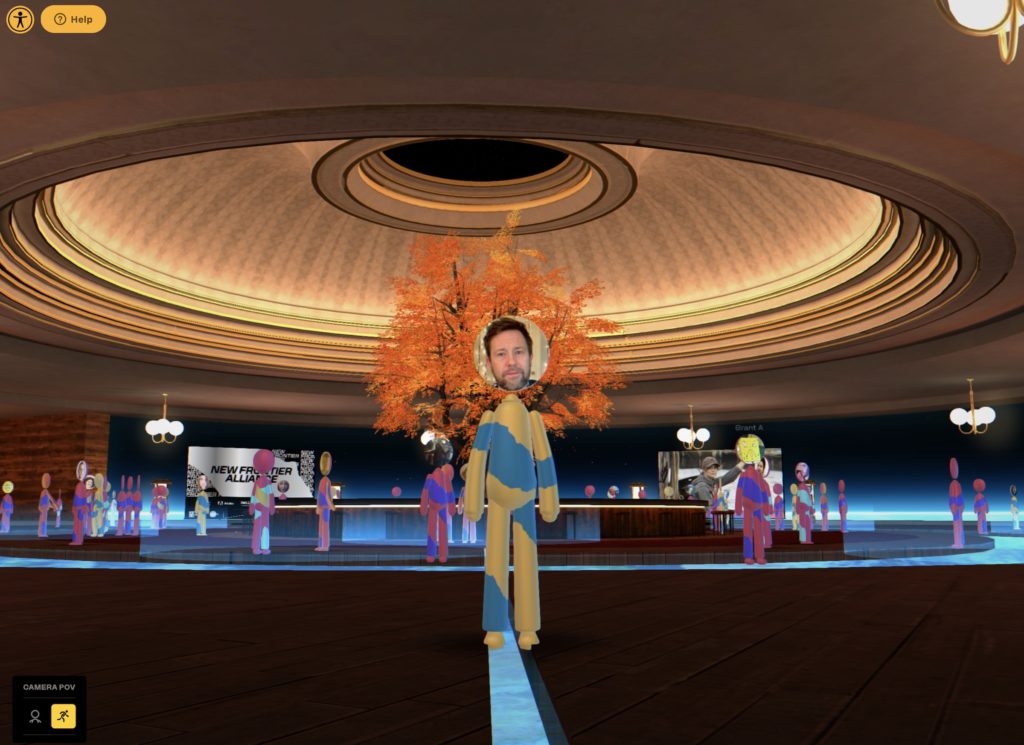
Josh: I experienced most of the festival through my AppleTV, which made most of the screenings a breeze. All the premieres that I’d reserved ahead of time via the website appeared in their custom app and magically switched to “available” at the pre-specified times. It was super easy, and unlike a lot of the screening apps, it only asked me for my password once rather than making me login over and over. How did it go for you?
Jenn: The fest began and ended with some slight hiccups on the virtual experience front for me, but in the middle it went great. Before the official beginning of the fest, Sundance was kind enough to offer ticket and pass holders the opportunity to test out their platform with a screening of Kogonada’s wonderful 2017 Sundance feature, Columbus, which was a really great move – a little goodwill gift to those who took a chance on the new virtual platform, plus the ability to test it out in a low-stakes way to make sure everything runs smoothly. Unfortunately, though I’d actually recently bought a Fire TV Stick pretty much specifically for this purpose (since they weren’t releasing a Roku app, a small frustration), the fest really took it down to the wire in getting their Fire TV app ready – it wasn’t even available when the “premiere” of Columbus was set to begin, so I worriedly wrote a note in to their support email, but they were thankfully very quick and helpful on that email, reassuring me that it’d be up soon, and in fact it was – missed the “premiere” but made it up in time for me to catch the “encore” screening of Columbus the next day, and everything worked smoothly from there.
Until then the final day, when I had an “encore screening” ticket for The World To Come – encore screenings, including those on the final day, were advertised to run in a 24-hour window, from 7am that day until 7am the following day. This was an especially appealing option for me because I currently share an apartment with 2 other adults who use the internet pretty heavily during the daytime/early evening, which frequently affects streaming quality of stuff I’m trying to watch, but overnight, as a night owl, the internet is all mine – so I prefer to watch stuff in the middle of the night when the wifi’s clearest whenever I can. You miss out on the communal experience of the chat function that way, and the Q&A is pre-recorded rather than live but you do still get to watch it after the film ends, so that’s still pretty good. BUT apparently you were just supposed to know that the festival ended at midnight MST at the end of Wednesday night, and not even those screenings set to have 24-hour windows that had started that morning would actually go into the wee hours past that time – meaning actually, the film I had a ticket for only had a sixteen-hour viewing window, not 24, and I didn’t find that out until it was too late. I even found specific info on the Sundance site saying the opposite, that encores would be available until the next morning even on that date, so I really don’t think this is a case of “didn’t read the fine print” for me. Very frustrating!! Luckily again the Sundance support team was very responsive on email, and while they couldn’t do anything about the closed viewing window, they did grant me a refund for that ticket purchase at least, and that film is already set for distribution with Bleecker Street so I have some faith that I’ll get to see it in not too long, eventually. So more of an annoyance than something to scream and howl about.
Josh: I was blessed to have a press and industry pass, and that was a complete dream aside from understanding when and where encore screenings were available. Passholders could get a one day head start on these encores (via a fixed number of virtual vouchers) or could hop in on the public encores, but only if space was available. The only quirk was that using the early access required going through the website to watch. FWIW, this was all covered in a helpful “how to” document that went along with some pre-festival press conferences, so the fault is entirely mine for not reading carefully. By the time I wrapped my head around the difference between these screenings, I’d missed the encore screening of Flee, but was able to catch it when it got another screening after winning the Grand Jury Award for Best Documentary in the World Cinema competition.
Oh, and I think that I must’ve accidentally started the Sparks documentary that everyone loved so much at the end of the night when I meant to turn off my television, because when I woke up the next day it showed that I’d already played it and I couldn’t manage to restart. But like you said, I’m fully confident about that crowd-pleaser making the rounds at other festivals or on streaming sites later this year.
Jenn: In between those two little annoyances I encountered, I did have a great time with the six ticketed screenings I did get to. Half were premieres and half were encores, and the premieres did have cool little communal touches, although I personally might have tweaked it a bit – in the chat window, you just get listed under your first name (and an avatar image if you’re a pass holder and got into their fancy elevated experience, not available to single ticket holders) so it’s just a stream of fairly anonymous first names kind of calling out into the void the names of films they’d recently seen, and links to their Letterboxd handles. Then after the film ends, if you’d pressed play within about ten minutes of the start time (you got a 3-hour window for that), you get ushered into the Q&A, which ran live on Youtube (my Fire TV bumped me from the Sundance app over to the Firefox app to watch that as a web page, rather than in the Youtube app for some reason), with the opportunity to type questions in to a new box alongside that chat window back at the film’s web page if you kept that open on your computer.
Josh: Oh, that’s interesting. My AppleTV app bounced me over to the YouTube app so it took me a while to even see the chat functions; so I mostly missed out on the pre- and post-show buzz that you’d typically pick up while in line for a screening or while milling about afterward.
Jenn: Yeah I feel like when I bought that Fire TV for this purpose I unluckily chose the wrong device, sounds like the AppleTV app was a little smoother for everybody! (Also have encountered even a couple other new platforms since then that only have apps on AppleTV, argh!! Shaking my fist at the heavens!) Not that that Youtube-in-web-page thing was a big problem anyway. And yeah I just happened to read a line somewhere recommending starting a premiere on time via the web page, so for my first screening I tried running it both ways simultaneously (Fire TV and web page both) so kind of just luckily stumbled into discovering the chat was there. Anyway How It Ends and Cryptozoo went off without a hitch at least, and in any event, with both the premiere and encore screenings, I enjoyed watching those Q&As. I always like seeing that insight into the filmmaking process, and spending that extra time hanging out with people whose work I admire and getting a sense of their actual personalities. And especially for the live ones, it did feel to me like a big value-add to the ticket price to feel like I was “in the room” with those folks, as much as is possible in this time. I’m not sure what happened with the On the Count of Three Q&A, which didn’t have those live chat elements in a way I could access them even though I was watching live at the time – did I click somewhere wrong? Or maybe it was a fake-out pre-record that was just playing live but without the actual opportunity for interaction? I’m not sure.
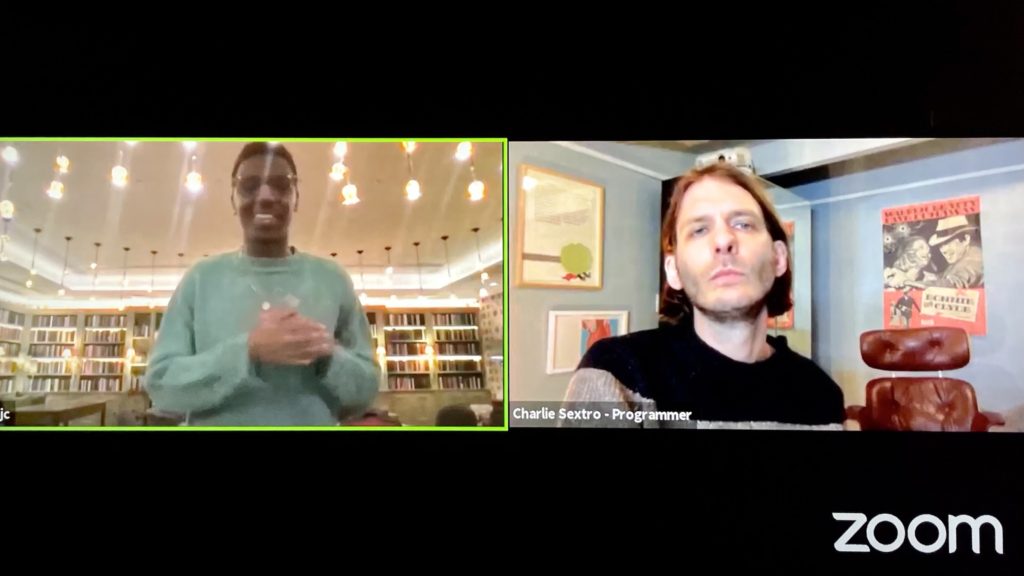
Josh: The funniest part of the On the Count of Three Q&A was how I spent the whole time marveling at Jerrod Carmichael’s cavernous home library that resembled a chain bookstore and thinking that the best part of the virtual festival was getting to see the . Someone in the chat asked about it and he admitted that he’d gone to a hotel because he didn’t want people snooping in his house. Which was a valid concern!
Jenn: I had that same chain of thoughts! When the Sundance programmer relayed the audience question of whether he was inside a Barnes & Noble or something I laughed and also was extra bothered that apparently SOMEbody had gotten in to the live chat part of it so why couldn’t I?? Ah, well. I also didn’t end up making it to any of the virtual talks/panel discussions this time around, even though I did think some looked interesting and was impressed that they were free, and had been especially hopeful to get in there and support the four that NWFF was co-sponsoring. Whoops! Not enough hours in the day, especially since unlike my usual IRL film fest experience, I didn’t put the rest of my life on hold to focus on this, but rather just had to fit in Sundance stuff in around my normal day stuff! Oh well.
Josh: My only virtual experience was paying a visit to New Frontiers for the opening night party. The concept seemed great, multiple environments and little proximity-based pods for conversations with other people. I have a feeling that it was much cooler if you had an Oculus headset, but on my computer it was just about as awkward for me as a real party without any drink tickets where I didn’t know anyone, except much easier to teleport home and call it a night!
Jenn: Haha. Yeah that was a passholder-only function or I might have at least tried poking around in there for a little bit too. On the whole, while not a 100% glitch-free perfect experience, I think all the issues I encountered were totally understandable and forgivable for a first-time virtual fest, and every time I had an actual problem it was resolved pretty easily and amicably. I did have a very good time overall. These were actually the first virtual screenings I’ve paid money for at all during this whole pandemic lockdown year (with so many streaming services at my disposal it feels financially irresponsible for me to rent individual movies on top of that, most of the time!), and I’d say it was worth it, would do it again!
Overall thoughts about the festival
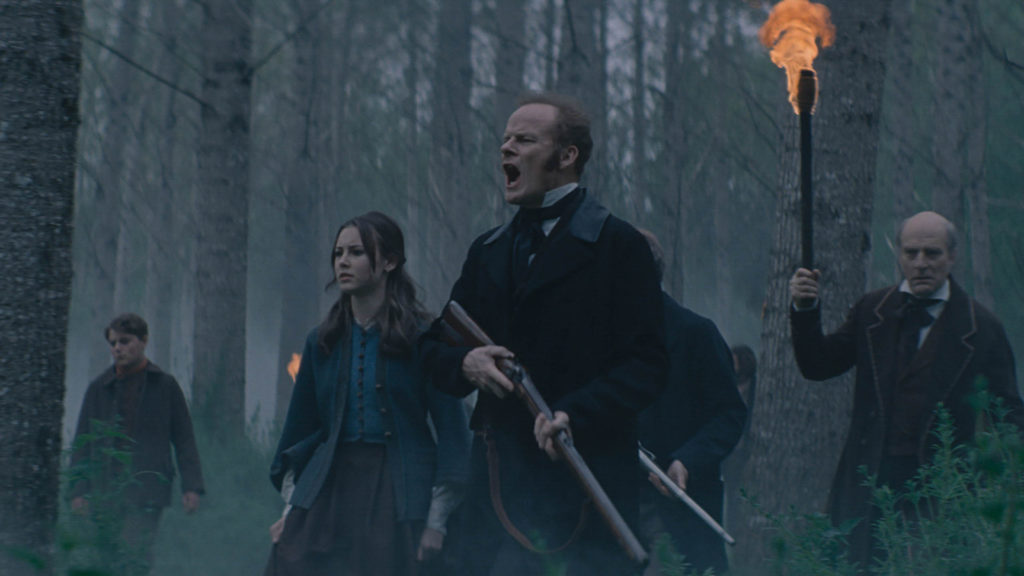
Josh: Overall, almost everything I saw was “good or better”, which is always a nice feeling to have walking away from an eclectic film festival. I only straight up quit watching one movie the whole week: Prisoners of the Ghostland, Sion Sono’s hallucinatory English-language debut that found Nicolas Cage on a mission through a supernatural universe. And that was more a case of “it’s not you, it’s me not being in the mood for exploding testicles, gonzo performances, gory shootouts, and dream logic”. That night, I switched to the Sesame Street documentary and had no regrets. To make up for my abandonment of that mind-melting gore, I did keep my informal promise to challenge myself with at least one horror movie in the form of Eight for Silver, Sean Ellis’s moody and inventive take on the werewolf genre. Set in a perpetually foggy nineteenth-century France amid a cholera epidemic, the film drags on a bit too long with not quite enough to say, but makes some squirmy and stylish choices about the physical transformations from human to hellhound and the depictions of a small village falling under a curse. It also teaches two important lessons which should be self-evident: (1) do not chase people off land if they have a valid claim to it, but if you do (2) never ever under any circumstances should you bury their leader alive in the possession of her haunted werewolf dentures.
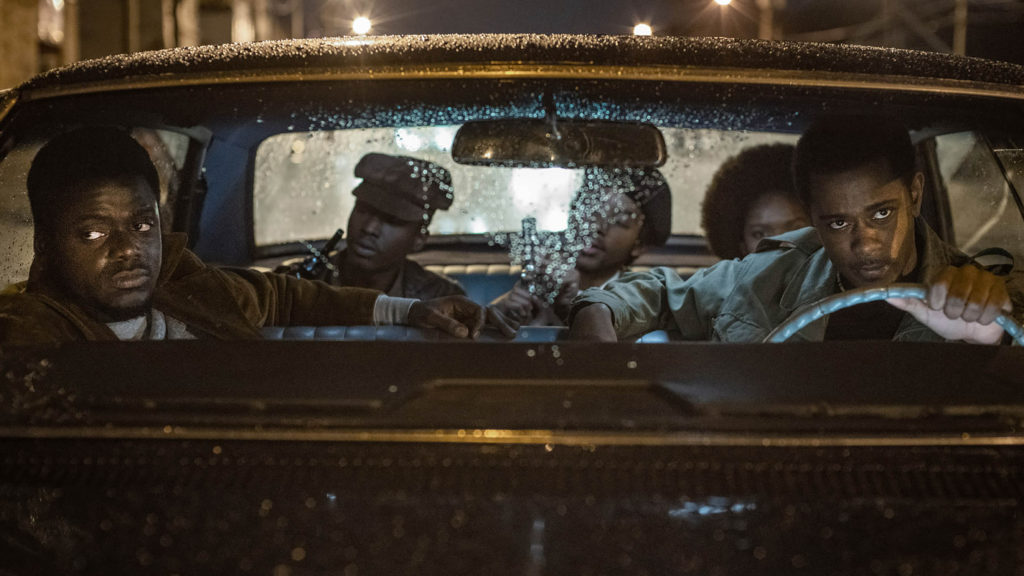
I also caught two screenings that felt like sneak previews of very polished films bound for wide release and awards consideration. Making its way to the virtual mountains after a Venice premiere, the The World To Come was an elegant epistolary romance, in which Katherine Waterston and Vanessa Kirby find love in a hopeless place, namely isolated upstate New York farms in 1850s married to Casey Affleck and Christopher Abbott as shells of husbands. Judas and the Black Messiah is a tremendous piece of filmmaking that arrives just in time for 2020-1’s decision to revisit the turbulent years of 1968-9 (I’d rank it squarely behind Mangrove and well above Trial of the Chicago Seven). Director Shaka King has the enviable problem of having too many talented actors and a magnetically compelling historical figure that it stumbles in not surrendering the whole damned movie to Daniel Kaluuya’s electric performance as Black Panthers chairman Fred Hampton. As FBI informant William O’Neal, Lakeith Stanfield remains never not interesting to watch, but even his nervy portrayal of this cipher feels like it distracts from the unfolding tragedy that looms over Hampton. It makes a simultaneous theatrical and streaming debut (via HBOmax) next week.
As much as I’ve praised the virtual experience, I do wonder whether I would have gotten even more from Users, Natalia Almada’s musing on technology, her young children, and the fate of the planet had I been watching in a theater. The striking Kronos Quartet-scored visual poem had no shortage of beautiful and haunting images, but was tellingly susceptible to in-home technological distractions.
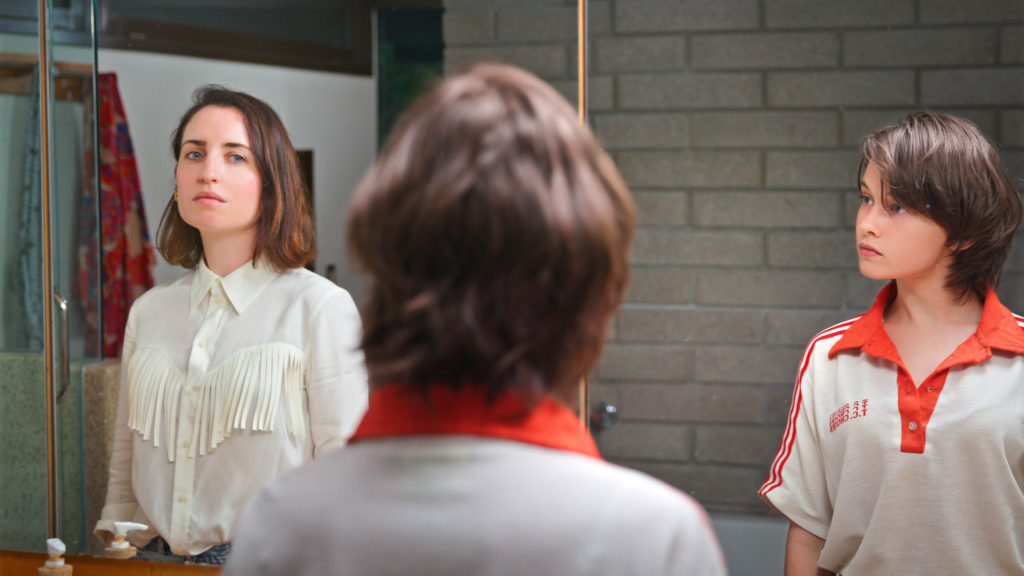
Jenn: I thought it was really interesting to see some thematic through-lines emerging, even though in the end I only caught 6 of the festival’s 70+ features. Wild that I saw two in one day that basically jumped off from the same premise, that the lead characters would be dying at the end of that day, and went through the film’s runtime visiting folks from their pasts and righting wrongs along the way before ending it all.
And of course, it was very interesting to see how various films tackled the looming spectre of COVID-19. Some explicitly incorporated a pandemic into the work; some didn’t directly address it but infused apocalyptic or dread-fueled story lines in ways that felt pointed, or were obviously shot in necessarily-restricted ways, like with tiny casts or less/outdoor locations; some didn’t address it at all. Some, like Together Together, were in fact finished shooting anyway before lockdown hit, and just did their editing remotely, but if I had to guess I’d wager that a huge percentage of this fest’s films were made during, despite, and around last year’s lockdowns. Get ready for the era of the coronavirus movie – I’m certain this is just the beginning of that wave.
Josh: Yeah, I was amazed at how many of the Q&As revealed the lengths that the filmmakers had gone to complete their work during the pandemic. A few, including Misha and the Wolves even mentioned doing remote shooting due to travel restrictions within Europe. I didn’t have nearly as positive a reaction to How It Ends as you did, but I agree that it had its moments and will serve as an extremely Covid-times artifact of a physically-distanced filmmaking. I was kind of surprised that Searchers, a cleverly-filmed and obviously made-during-a-pandemic movie about online dating, never directly mentioned coronavirus.
Jenn: I also really liked Sundance’s Indigenous land acknowledgments that always ran first thing, before any Sundance bumpers or anything else, before every film. I saw at least a couple different ones and I thought they were all lovely and tasteful. Clearly thoughtfully done, with the voiceover recorded by and footage of lands shot by Indigenous contributors.
Buzzworthy titles that you’re looking forward to seeing
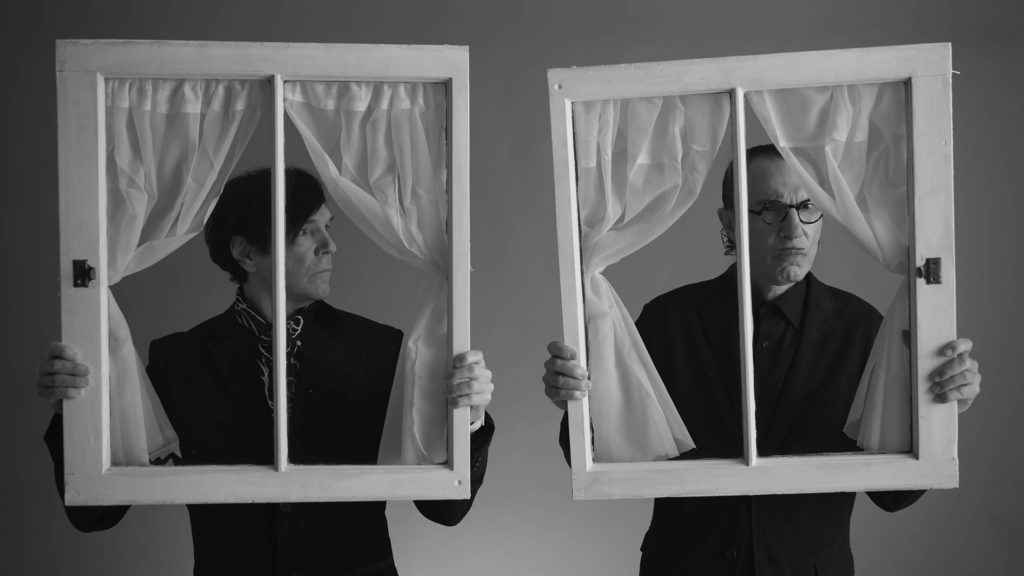
Jenn: Tons of stuff has already loomed into my view that wasn’t on my initial short list, and I’m sure even more will come up for me as buyers/distributors start to sort things out. So far what’s most jumped out at me as hopefully-ASAP must-sees are the experimental nonfiction/doc All Light, Everywhere; the Fran Kranz-directed Mass about the aftermath of a mass shooting; that bonkers Nic Cage vehicle Prisoners of the Ghostland; the Edgar Wright music doc The Sparks Brothers; the new doc by the director of Room 237, A Glitch in the Matrix; the Brazilian lockdown sci-fi The Pink Cloud; shlocky(?) cinephile horror Censor; and Passing, starring Tessa Thompson and Ruth Negga and directed by Rebecca Hall. (I know you saw at least some of those already!)
Josh: Even though I saw a lot, I definitely have a few that I want to catch up on. Hoping that that Sparks doc makes the rounds — I’ve heard nothing but good things about it! It’s always interesting to see how these movies find distribution and show up over the course of the year. After all, Minari, Promising Young Woman, and Palm Springs were buzzworthy titles of last year’s Sundance and they’re still “in the conversation” with the latest round of awards nominations; so who knows what we’ll be seeing from this year’s festival throughout the year.
With that, let’s call this wrap a wrap. Always fun chatting about the movies with you!
Aside from a few screencaps, photos and header image courtesy Sundance Institute.
